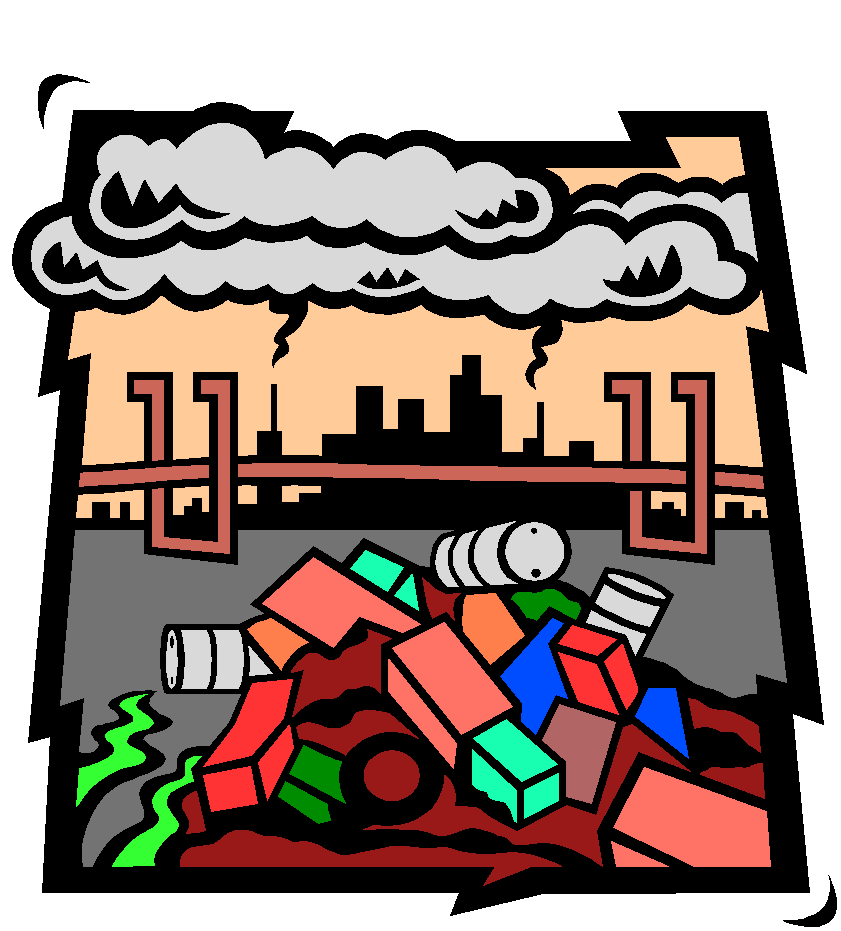The data show that in 1998, 2.88 million tons of waste were landfilled in the state's seven permitted private (commercial) landfills--nearly 50 percent more than was landfilled at the 22 active publicly owned landfills. NYSDEC is proposing to add over 44 million tons of private landfill capacity and over 15 million tons to public facilities.
All but one (the smallest) of New York's seven commercial landfills are located in sparsely populated and underserved rural communities. Their remaining permitted capacity is over 23 million tons, and one-hundred percent of this unused capacity is concentrated in western New York (NYSDEC Regions 8 and 9). NYSDEC proposes to expand landfill capacity in western New York by another 44.5 million tons, including two new landfills under review (in Albion and Farmersville) that would account for nearly half of this added capacity. Another commercial landfill is proposed in the western New York Town of Eagle for which an application may be forthcoming.
New York's twenty-two publicly owned landfills took in almost 2 million tons in 1998. However, NYSDEC is encouraging a few of these, owned by statutory public authorities, to apply for expansion permits adding 7,772,000 tons to their already permitted unused capacity of 28.4 million tons. For example, NYSDEC is reviewing a proposal for a new public solid waste authority in the Town of Ava that by itself would 12.9 million tons to the state's landfill capacity. (see NYSDEC document link below)
Annual county waste streams in these rural communities are less than 100,000 tons, and average rates of waste diversion from landfills, as a result of recycling, is over 40 percent. All New York landfills are therefore under pressure from state and private interests to serve extra-local, urban needs.
All combined, the existing landfill capacity in New York is over 51 million tons and proposed landfill capacity would add over 65 million tons. However, according to data prepared by the Natural Resources Defense Council the entire state's waste stream is no more than 25 million tons per year ("tpy"). One-third of that is recycled and half of the rest is produced by the New York City metropolitan area. Will NYSDEC's promotion of new landfills increase or decrease the state's waste diversion rates? Has anybody ever done an environmental impact statement on NYSDEC's policy to achieve "self-sufficiency" in landfill capacity?
Compared to the 40 percent recycling rate in most rural upstate counties, New York City recycles no more than 10 perent. If we keep increasing capacity for landfilling, why should the City improve its recycling rate? It's cheaper to dump.
In the background pushing the state to achieve landfill "self-sufficiency" is the closing of Fresh Kills Landfill, New York City's only landfill. This will require diverting 13,000 tons per day of residential garbage to other facilities, assuming the City does little to reduce its residential waste stream. So far they haven't, adopting instead a 100 percent "export" plan to deal with Fresh Kills' closure.
The listing of such large and unnecessary future waste disposal capacities for landfills in the western New York towns of Seneca Falls, Perinton, Riga, Albion, Chaffee, Angelica and Farmersville--in some cases without public notice and comment--will likely destroy public credibility for the permitting process. Worse, the policy will almost certainly destroy fledgling markets in recyclables and erode existing regulatory protections of New Yorkers from the environmental impacts of waste. Instead of promoting waste reduction, the State of New York's policy seems to be to promote landfills.
To view the document, NYSDEC, Division of Solid & Hazardous Materials, Capacity Data for Landfills and Waste to Energy Facilities (revised October 15, 1999), click here. For a paper copy or an electronic copy of the document, send an e-mail request to us.
This page is supplemented by an update discussing NYSDEC's June, 2000 revision of its "Capacity Data." To go to the supplement click here.

